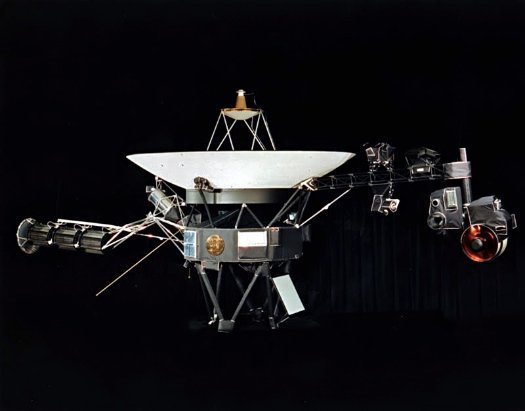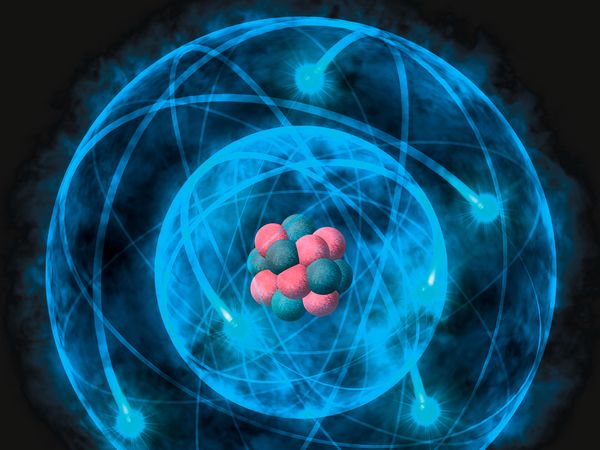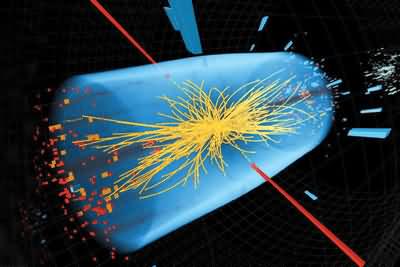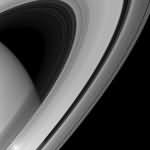NASA Scientists Answer Your Curious Questions About Voyager 1
Launched on September 5, 1977, the Voyager 1 spacecraft left the solar system and entered interstellar space two days ago. This spacecraft, which has been in service for 36 years, has revealed many unknowns. It visited Jupiter and Saturn, becoming the first satellite to take detailed photographs of the planets and their moons. The Voyager 1 spacecraft is the farthest human-made spacecraft from us. It left the heliosphere two days ago and entered interstellar space. The first questions that come to mind are: what information can we learn from Voyager 1? How much more power does it have left? When will aliens find it?
After many questions were asked, scientists from NASA seem to have answered some of them.
1- How can you still get information from Voyager 1 when it has gone so far beyond what was predicted?
Because our technology is much more advanced than when it was launched, we can detect even the slightest radio signal from such a distance.
2-What exactly is the distinction between interstellar space and the space belonging to our solar system?
It's not entirely clear...we're still working on it. The identification will likely be particle- and plasma-based. Voyager 1 is currently surrounded by particles sent from other stars, not our Sun. Before the flyby, it was surrounded by material sent from the Sun. To make an identification, we need changes in the orientation of the magnetic field.
3-Can Voyager 1 still take pictures and send them to us?
Voyager 1's cameras have been off since Valentine's Day in our pale blue dot in 1990.
(Pale Blue Dot is a word Carl Sagan used to describe our world. There is a reference to that here.)
4-Why exactly? Is it using up so much of my energy?
The cameras were shut down to conserve energy and free up memory space for the detection of more particles in interstellar space. There's no longer a program on his computer to analyze and interpret the image. The cameras and heaters have been exposed to the cold conditions of deep space for a year. Even if we reinstalled the program and tried to run it again, we couldn't guarantee that the cameras and heaters would work.
5-How long does it take to receive Voyager 1's signals?
Moving at the speed of light, Voyager 1's signals take 17 hours to reach us.
6-What kind of information do we get from Voyager 1?
Scientific data from Voyager 1 include: energetic particles measured by LECP and CRS, magnometer data from the Mag suite, radio plasma wave data from the PWS suite, plasma data from the PLS suite, and ultraviolet spectrum data from the UVS instrument.
7. What exactly did the first data from Voyager 1 look like?
It contained 0s and 1s. Yes, there is legacy hardware and software that sends data from devices. The devices have analysis programs that perform calibrations and other verifications to translate the raw information into understandable scientific data.
8-How long will it take for its energy to run out?
We have enough power to power all the instruments and spacecraft until 2020. At that time, we will begin shutting down the instruments one by one. The last instrument will be shut down in 2026. The engines will be shut down in 2036.
9-What kind of data do you hope to receive from Voyager 1 in its remaining years?
Lots of galactic cosmic light beams and galactic magnetic fields, and maybe plasma waves. We'll be able to communicate until Voyager 1's nuclear batteries run out in 2025. Then silence.
10-Will we be able to track Voyager 1 after it runs out of energy and can no longer send us a signal?
Sorry no. No signal means no communication.
11-Can we say that Voyager 1 could drift forever?
Its current speed is 38,000 miles per hour. This will not change and will continue forever.
12-What else is in its orbit and how far away will it be?
After Voyager 1 leaves the solar system, its orbit will be in the constellation Ophiuchus. In the year 40272, it will be 1.7 light-years away from the obscure stars of the constellation Ursa Minor.
13-What if we compare Voyager 1's processor and memory with today's smartphones?
It has 270,000 times smaller memory and no processor.
14-Do you have an official statement or standard procedures in case you encounter alien life that is not false?
There is no such explanation in the Science Missions Doctrine handbook :)
Voyager 1, JupiterAs we approach . Each image that makes up the animation was taken every Jovian day (about every 10 hours).
Sources and References:
Popular Science-NASA Scientists Answer Your Burning Questions About Voyager 1










